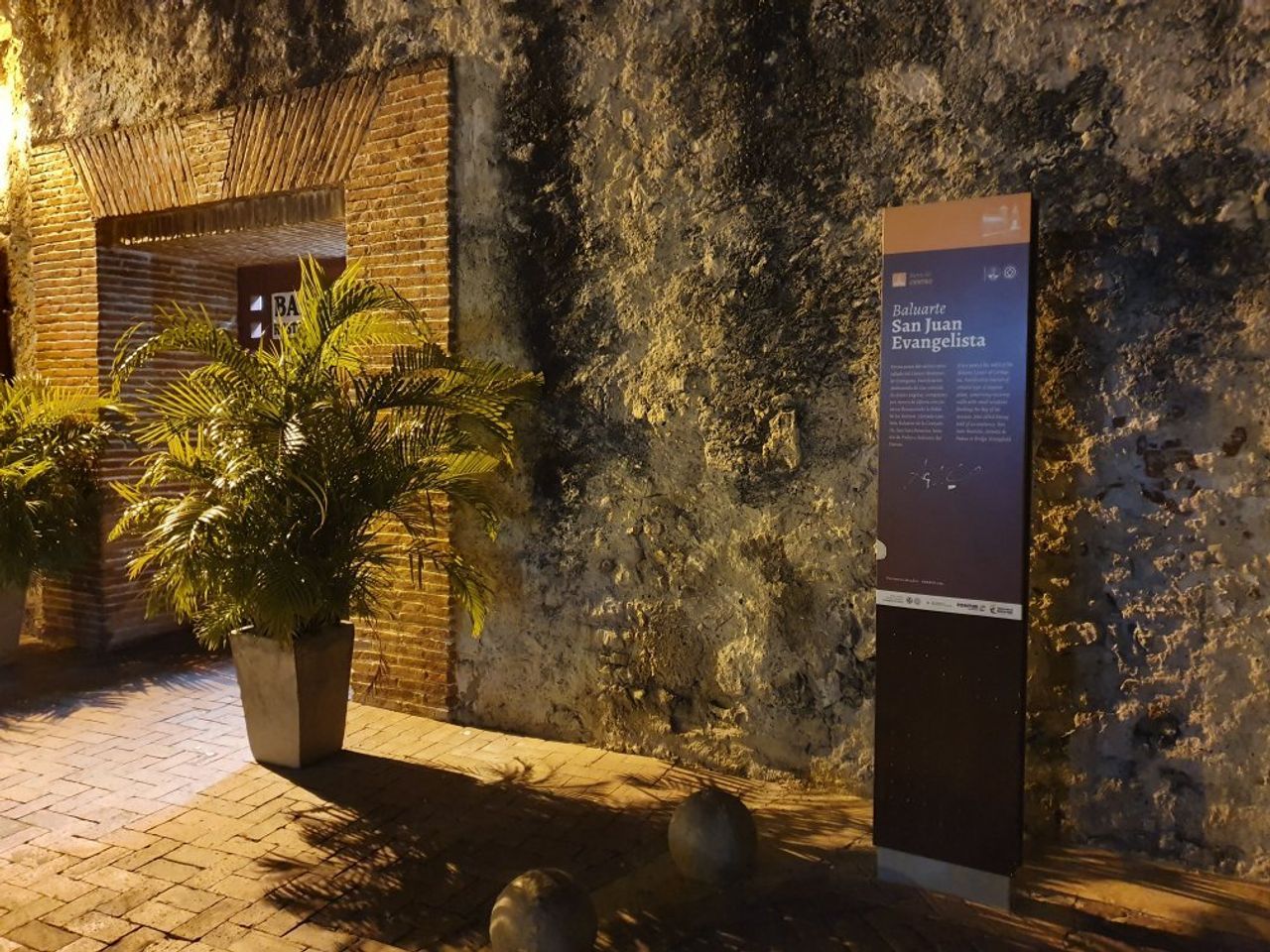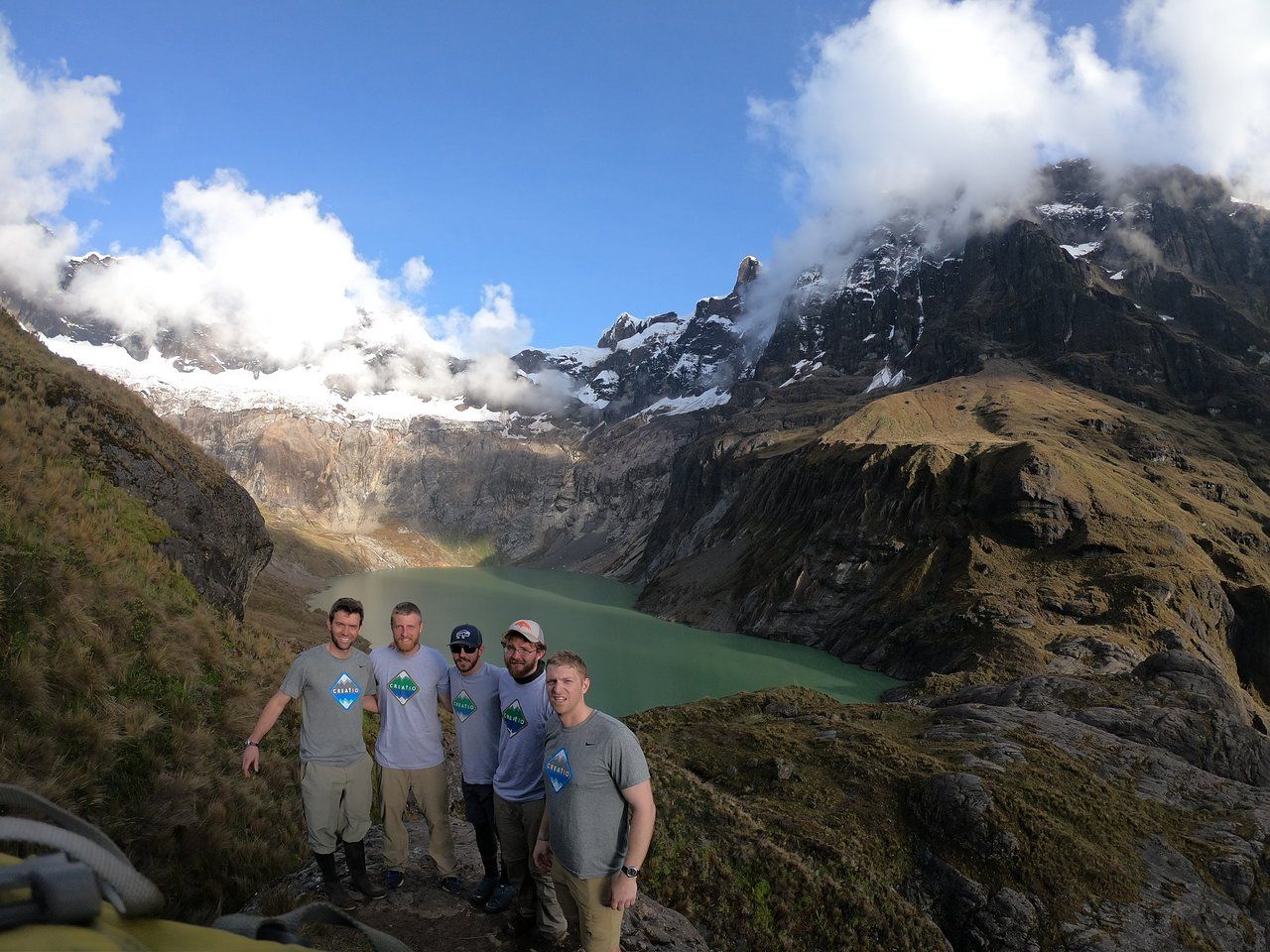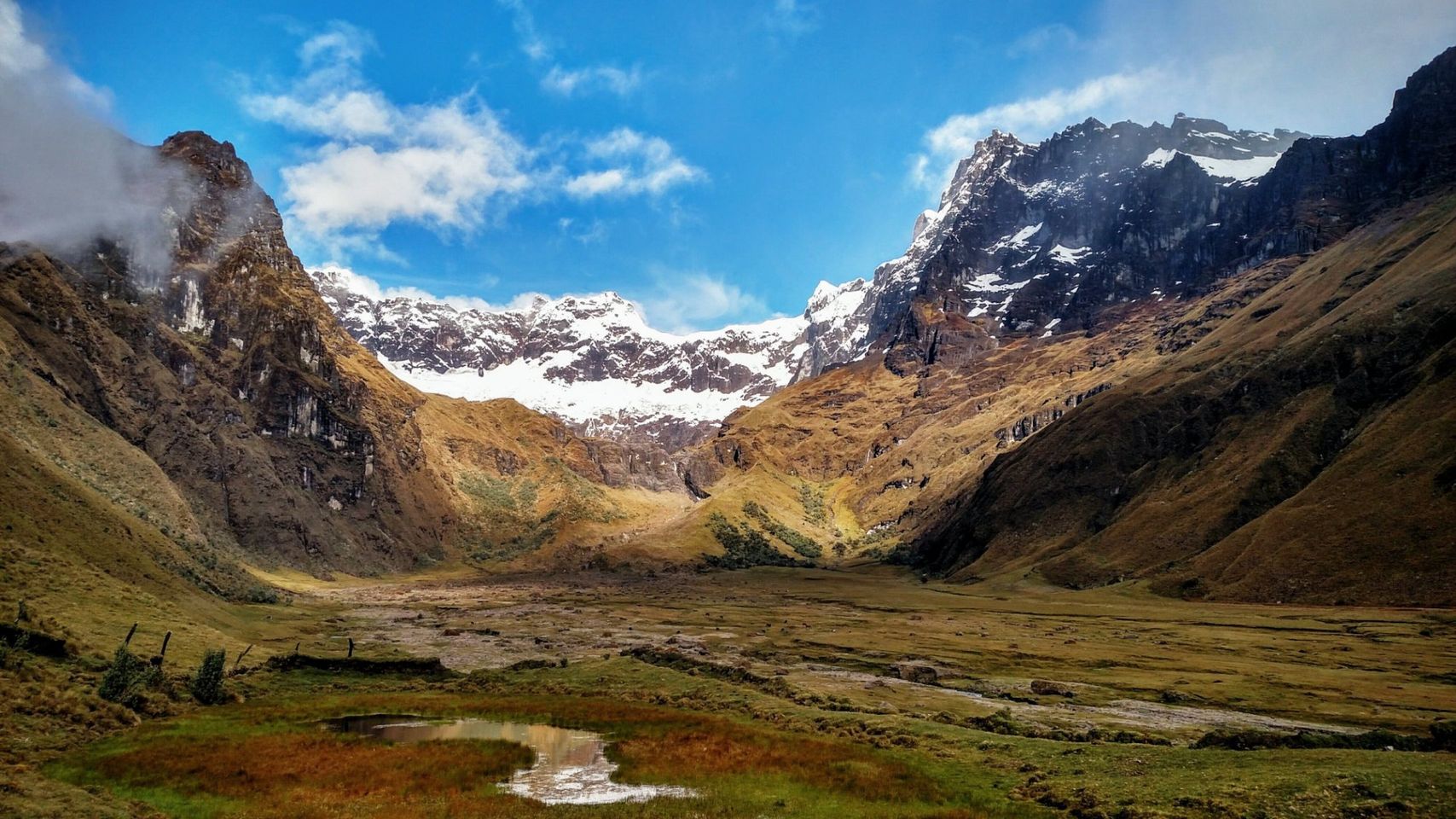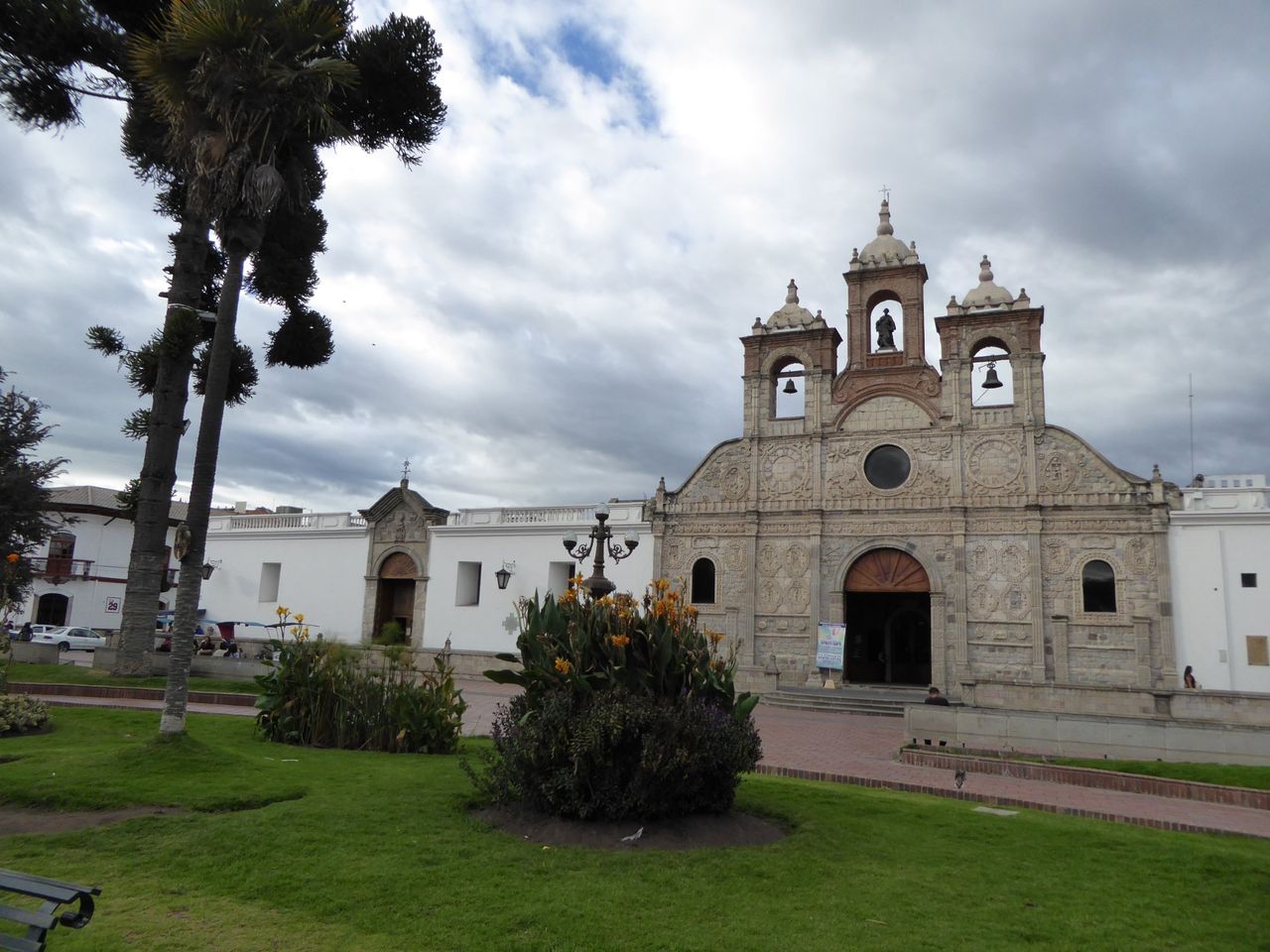Exploring the Untouched Beauty of Parque Nacional Sangay
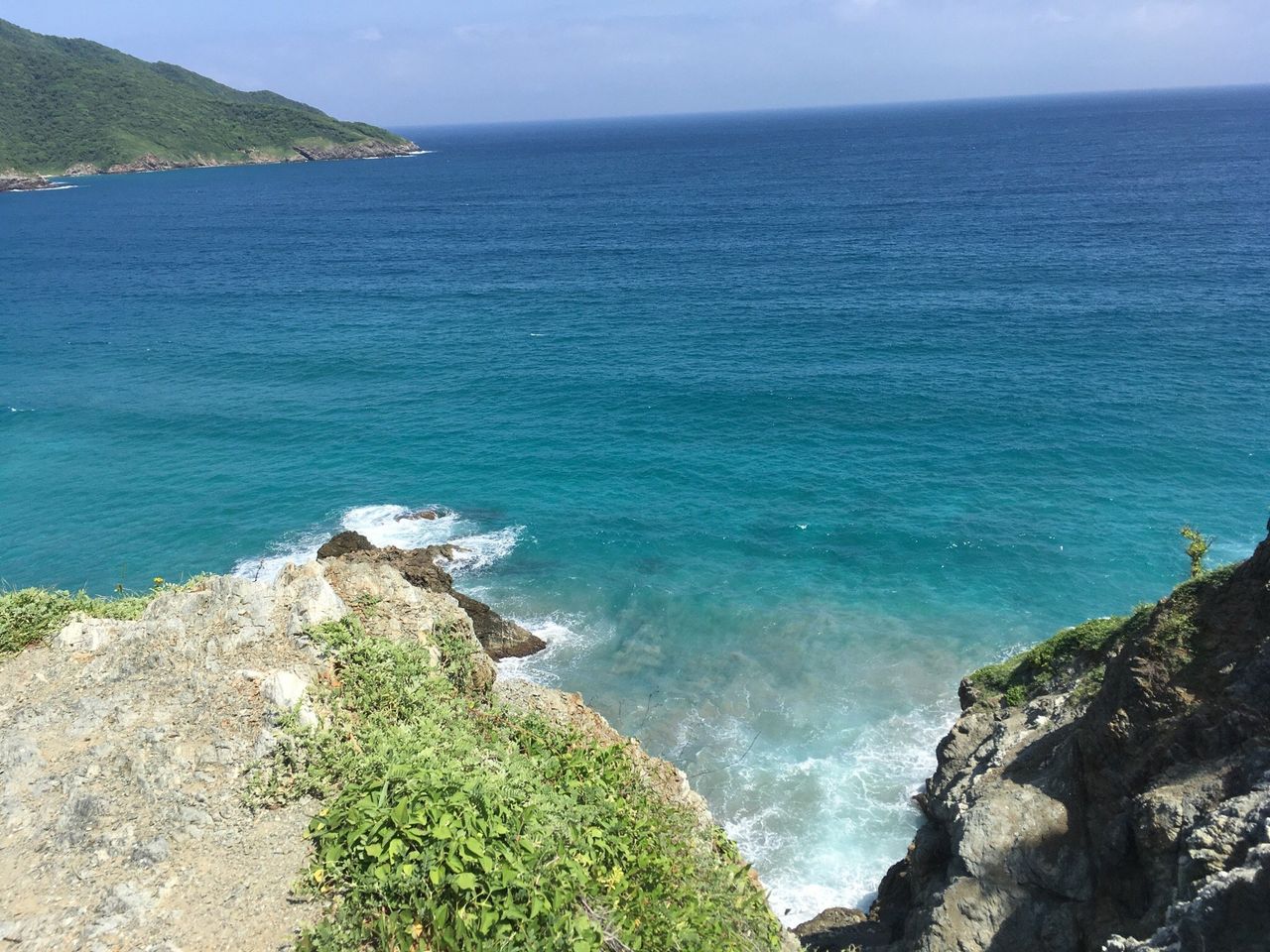
Welcome to the wild and rugged beauty of Parque Nacional Sangay in Riobamba, Ecuador. This 546,000-acre national park is a remarkable natural treasure that will leave you breathless. With its diverse landscapes of snow-capped mountains, lush rainforests, and vast grasslands, Sangay is a perfect destination for adventure seekers, nature lovers, and scientists alike.
As we delve into this article, join us on a journey through the habitat of endangered species such as the Andean bear, the majestic spectacle bear, and the elusive puma. We’ll explore the varying climates and ecosystems hidden within the park’s boundaries, from the foothills of the Andes to the peaks of Chimborazo, the highest in Ecuador. As we unveil the wonders of this unique region, we’ll discover why Parque Nacional Sangay is one of the most critical protected areas in South America.
So, buckle up, let’s take a tour of what this stunning park has to offer, and perhaps you’ll be tempted to pack your bags and come to experience it for yourself. Click here to access the complete city guide for Riobamba.
Wildlife in Parque Nacional Sangay
We cannot talk about visiting Parque Nacional Sangay in Riobamba, Ecuador, without addressing the importance of preserving its wildlife. The park is home to more than 500 species of birds, 50 species of mammals, 70 species of amphibians and reptiles, and countless species of insects. It’s a natural wonder that provides us with an opportunity to witness some of the world’s most extraordinary wildlife up close.
But, as we know, human activity has caused immense harm to wildlife populations worldwide, and Parque Nacional Sangay is not immune to it. Poaching, habitat destruction, and climate change pose a significant threat to the animals within the park’s boundaries. As visitors, it’s our responsibility to enjoy the park’s beauty while making sure we don’t leave any negative impact on the place and its inhabitants.
We must remember that we are visitors in the animals’ home, and they deserve our respect and protection. It’s crucial to follow the rules and regulations set by the park authorities and avoid disturbing the wildlife. Let’s appreciate the park’s diversity and marvel at the creatures that call it home, while acknowledging our role in preserving it. A visit to Parque Nacional Sangay should be a celebration of nature, a reminder of its incredible and vulnerable beauty.
Volcano activities in Parque Nacional Sangay
When it comes to visiting Parque Nacional Sangay in Riobamba, Ecuador, one cannot help but marvel at the breathtaking beauty of the surrounding landscapes. However, it’s essential to be aware of the volcano activities in the region and take necessary precautions before embarking on your adventure. This park boasts of an impressive number of active volcanoes, making it an exciting yet potentially hazardous place to explore.
The rugged terrain and volcanic activity add to the allure of the park, but it’s crucial to remember that safety should always come first. We recommend consulting with expert guides and staying up to date with the latest information on volcanic activity in the area. The last thing you want is to put yourself or others in danger by underestimating the risks that come with exploring active volcanoes.
That said, witnessing volcanic activity in Parque Nacional Sangay is an unforgettable experience that few places in the world can rival. Whether it’s witnessing eruptions or exploring lava fields, visitors to the park are in for an awe-inspiring experience. In conclusion, while the fiery beauty of volcanoes may be undeniably alluring, let’s not forget that caution and safety are vital to make the most of this extraordinary natural phenomenon.
Hiking trails in Parque Nacional Sangay
When it comes to hiking trails in Parque Nacional Sangay, we can confidently say that this natural wonder in Ecuador has some of the best trails in the world. The rugged landscape gives adventurers options ranging from easy walks to strenuous treks that take days to complete. The scenery is spectacular, and the trails have something to offer everyone from nature enthusiasts to hardcore hikers.
One of the highlights of hiking in Parque Nacional Sangay is the chance to experience the unique flora and fauna of the area. The trails wind through a mixture of cloud forests, páramo, and high altitude grasslands, providing an opportunity to see a variety of plant species such as the giant lupine, the Andean quinoa, and the polylepis tree. Additionally, hikers can spot native animal species such as the Andean bear, the puma, and the Andean condor.
Finally, we would like to point out that hiking here is a perfect way to escape the hustle and bustle of city life. The peace and serenity of the trails make it easy to forget about the daily stresses of life and get in touch with nature. Whether you’re interested in a day hike or a multi-day trek, Parque Nacional Sangay has something for everyone. With well-marked trails and experienced guides available, we highly recommend this destination for anyone looking for a unique and unforgettable hiking experience.
Conclusion
In conclusion, we cannot stress enough the importance of visiting Parque Nacional Sangay in Riobamba, Ecuador. This national park is a valuable ecological treasure that serves as a home to a diverse range of flora and fauna. Not only does it offer breathtaking views of the surrounding landscape, but it also provides visitors with an opportunity to immerse themselves in the beauty of nature.
Furthermore, as human beings, it is our responsibility to protect and preserve the environment for generations to come. By visiting and supporting national parks like Parque Nacional Sangay, we can contribute to the conservation of the natural world. Through ecotourism, we can encourage sustainable living practices and inspire others to take action towards protecting the environment.
All in all, Parque Nacional Sangay in Riobamba, Ecuador is a must-see destination for anyone who appreciates nature and wants to make a positive impact on the world. Let us all do our part in preserving this natural wonder so that it can continue to thrive for years to come.

